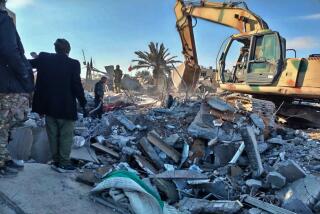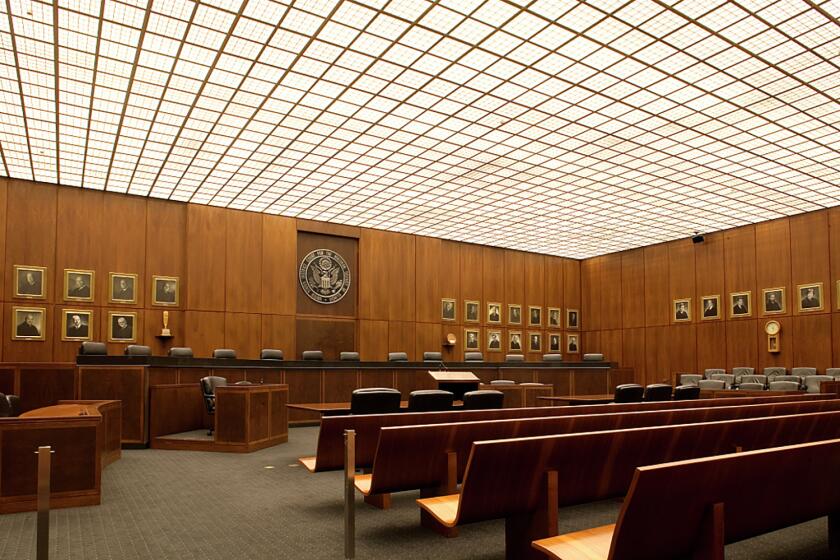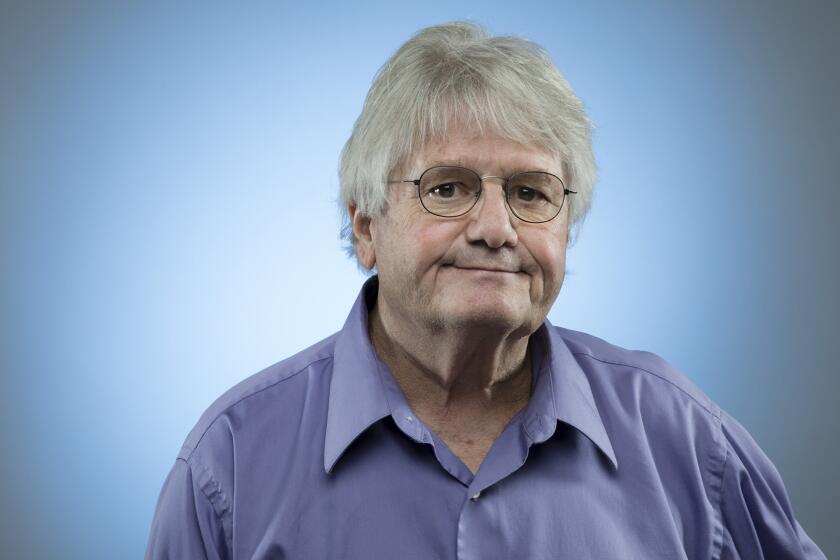Syrian missile strike appropriate and measured — but now what?
President Donald Trump has responded to his first major foreign-policy test with what appears to be an appropriate, limited and strategic use of force. The firing of 59 Tomahawk missiles at the Al Shayrat airbase in Syria that launched a gruesome poison-gas attack on the town of Khan Sheikhoun in Idlib Province on Tuesday sends a message to Syrian President Bashar al-Assad that the United States — despite Trump’s isolationist rhetoric on the campaign trail — would be more willing to use force to enforce international norms than President Obama. But any satisfaction that Americans feel because of this attack on the perpetrator of atrocities needs to be tempered by many concerns.
The first is that Obama’s reluctance to use the military even for one-off message missions against the al-Assad regime was built on the understanding that the U.S. doesn’t have good options in trying to resolve the war in Syria — the deadliest of the 21st century and one of the most complex conflicts the world has ever seen. It began as a civil war in 2011 triggered by al-Assad’s crackdown on “Arab Spring” democracy protests, with rebels supported by the U.S., Turkey and many Western nations. It evolved into a larger sectarian war pitting Shiite Muslims (al-Assad, Iran, the Hezbollah terror group) versus Sunni Muslims (Syrian rebels joined by Islamic State and other jihadists who don’t share the rebels’ goal of a democratic Syria).
But since Russia decided in 2015 to offer vigorous airpower support to the Syrian government, the conflict has also begun to resemble the proxy wars seen so often in the 20th century, with Russia and Iran taking on the United States and its allies. There are many other complexities as well.
Yes, of course, Trump and Secretary of State Rex Tillerson should strive to assemble an international coalition to end the carnage in Syria. But how does the United States broker a peace when it believes the two key entities on the ground in Syria in this complicated war — the al-Assad regime and Islamic State — are both beyond the pale? Seen in this context, Thursday’s attack seems more like a gesture to make the United States feel good about itself than a first step toward a larger solution.
The second concern has to do with how the president responds to the groundswell of approval he enjoyed after the U.S. missile strikes. His measured comments Thursday night struck an appropriate tone. The fact that he worked closely with military leaders and heeded their advice in shaping a response to the poison gas attack bodes well.
But Trump’s failure to consult with congressional leaders in any meaningful way before such a dramatic military move also raises concerns about his impulsiveness and his appreciation of his responsibilities. And given his taste for theatrics and showy gestures, it’s proper to worry that Trump will now see “Wag the Dog”-style military action against the world’s many bad hombres as an easy way to win public support and distract attention during the rough patches in his presidency.
America is now in such a patch, one that began Jan. 20. Perhaps this week will be a turning point. There were reports Friday that Trump was considering ousting not just top strategist Steve Bannon but Chief of Staff Reince Priebus. If this is just a reaction to poor polling numbers, that’s not necessarily good news. But if this happens because of Trump finally grasping what caused the poor numbers — wild claims, policy chaos, divisive rhetoric — that would be the best news of his presidency.
Twitter: @sdutIdeas
Facebook: UTOpinion
More to Read
A cure for the common opinion
Get thought-provoking perspectives with our weekly newsletter.
You may occasionally receive promotional content from the Los Angeles Times.







